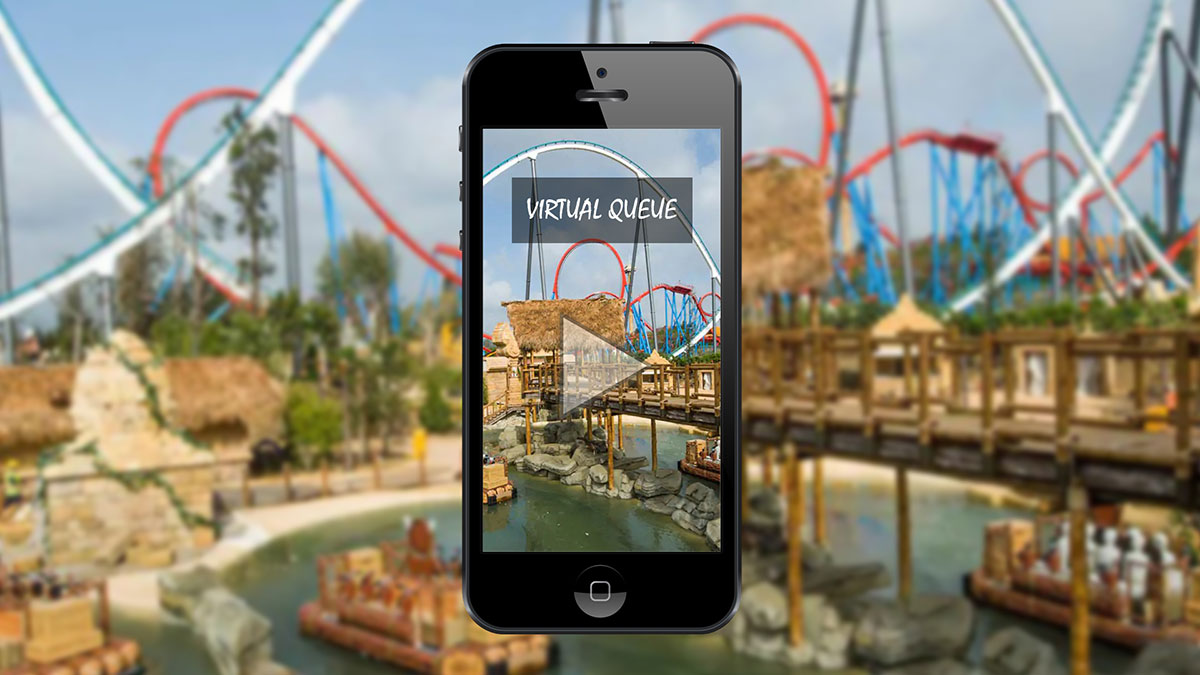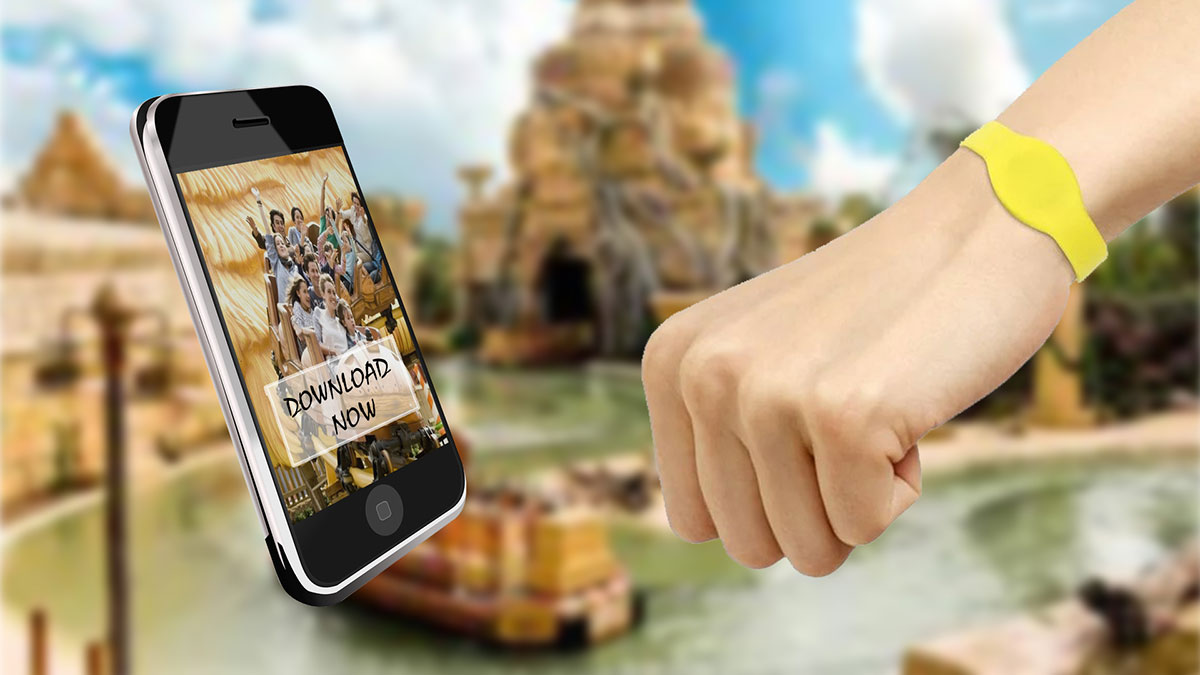The leisure and tourism industry is undergoing a revolution thanks to a combination of technological advances that redefine the user experience. In particular, in water parks, theme parks, FEC’s (Family Entertainment Centres), etc., the following developments stand out:
–RFID (Radio Frequency Identification) wristbands and smart cards: the widespread adoption of these smart devices enhances visitor interaction with the park, as they facilitate access to attractions and services, cashless transactions and digital storage of souvenirs.
-Personalised mobile apps: Dedicated mobile apps provide visitors with instant access to key information, from real-time updates on facility and attraction status, to show schedules, interactive maps and advance ticket purchases.
–Augmented Reality (AR) and Virtual Reality (VR): the integration of AR and VR delivers exceptional immersive experiences to park-goers; virtual reality goggles and AR elements, coordinated with park areas, offer a thrilling degree of immersion.
-Advanced security systems: These advanced monitoring systems, supported by high-resolution cameras and data analytics, ensure the safety of visitors, patrons and park staff.
–“Virtual queuing” technology: Some leisure and tourism parks implement virtual queuing systems that help visitors and users to reserve times at popular attractions, to avoid real queues and excessive waiting times.
–Smart energy management: sustainability is a priority also in water parks, theme parks, FEC’s and other leisure and tourism centres. Smart energy management technology enables optimised use of lighting, air conditioning and other devices, therefore contributing to the reduction of their energy consumption.

As we can see, all these innovations not only improve the experience for visitors and users, but also enhance security and improve operational efficiency in water parks, theme parks, FECs and other leisure and tourism centres.
By Cristina Uchán, Senior Architect in the Architecture Department at Amusement Logic






